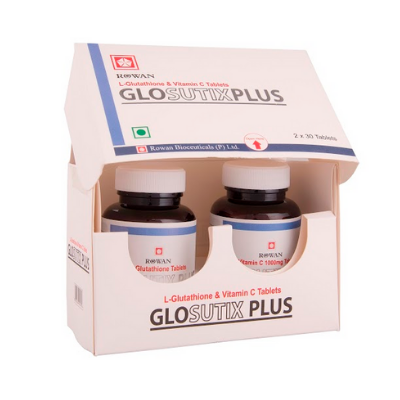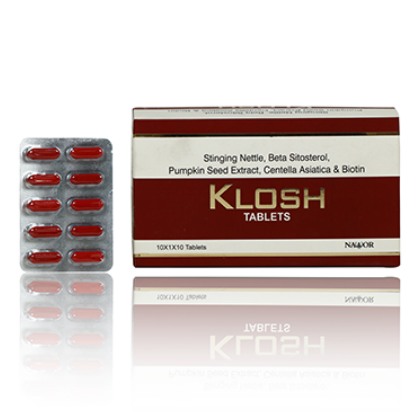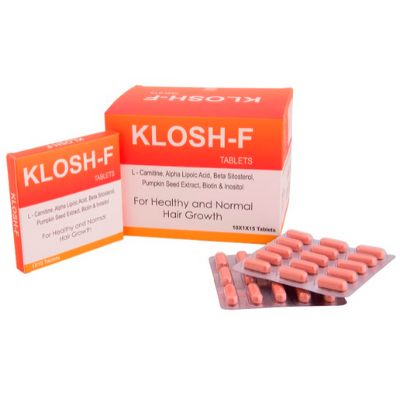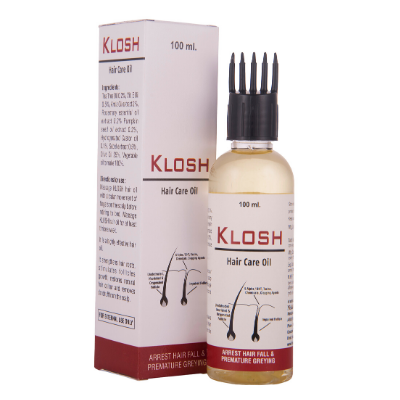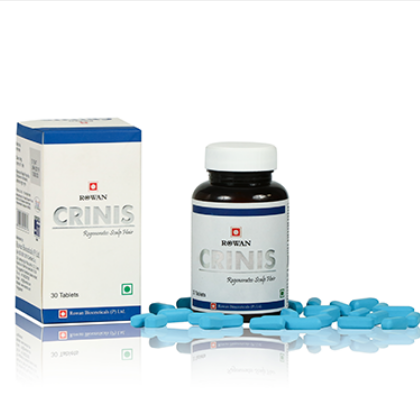Nutricosmetics
“Cosmeceuticals”—a fusion of the terms “cosmetic” and “pharmaceutical”—represent one of the most promising, yet challenging treatment options available to physicians. The term is attributed to the dermatologist Dr. Albert Kligman, who defined a cosmeceutical as a cosmetic product that exerts a pharmaceutical therapeutic benefit but not necessarily a biologic therapeutic benefit . Currently available cosmeceutical agents exert their effects through a variety of mechanisms, acting on keratinocytes , fibroblasts , as well as melanocytes. Pragmatically, to the patient these compounds appear as over-the-counter drugs in the U.S., cosmetics in the EU, and as quasi-drugs in Japan, which is the only country that provides regulatory oversight of cosmetics harboring active pharmaceutical compounds. Yet, cosmeceuticals represent the fastest growth segment in the skin-care market, and a number of topical cosmeceutical treatments for conditions such as photoaging, hyperpigmentation and wrinkles have come into widespread use. In India the awareness and interest in these cosmeceuticals is gaining significant interest and involvements of regulatory authorities FDA of India also. In 2005, the Indian cosmeceutical market was estimated to be 6.7 billion USD from a global market of 274 billion USD and projected to grow to over 20 billion USD by 2025 at a compounded rate of 25% . Since clinical trials are not mandated for cosmeceuticals, the efficacy of these compounds is often questioned by physicians and the public alike. Especially as the public becomes more knowledgeable about these compounds, it is imperative for all physicians to become familiar with the research and clinical trials evaluating cosmeceuticals that do exist in order to provide the best recommendations for their patients. While cosmeceuticals have become established tools in the treatment of photoaging in dermatologic practices, their general application to wound healing has yet to be fully explored. Wound healing is a complex process that, when impaired, results in many untoward effects such as ulcers, dehiscence, hypertrophic scars and keloids. Furthermore, wound healing post-operatively not infrequently results in poor aesthetic outcomes and functional deformities causing a significant amount of physical or psychological distress in the patient. The anti-infl ammatory and skin regeneration effects of various cosmeceuticals may provide additional benefi ts to traditional management of wound healing, potentially augmenting the aesthetic outcomes in the wound healing process. There has been an increasing discussion of the role of cosmeceuticals in the dermatologic literature, yet increasing patient interest warrants broader awareness by physicians, in general.


